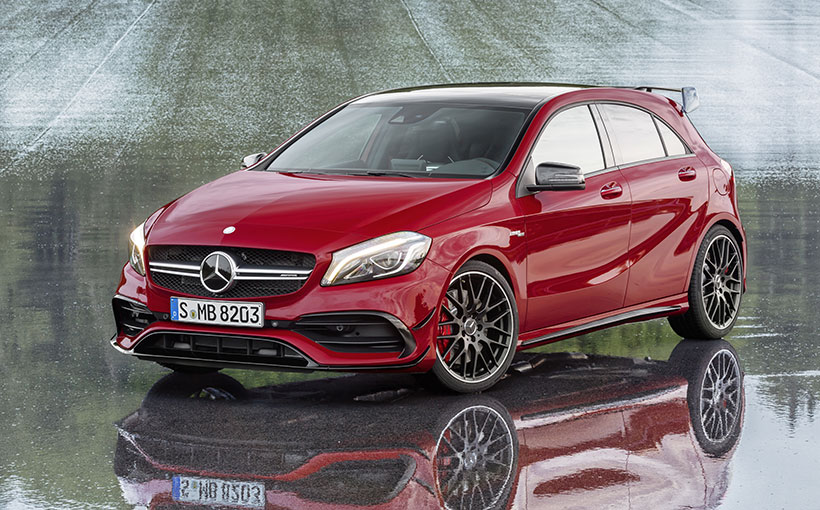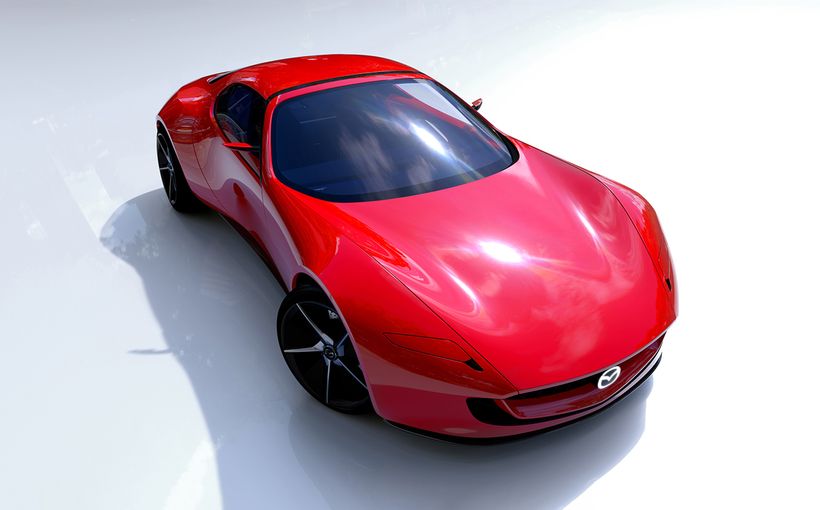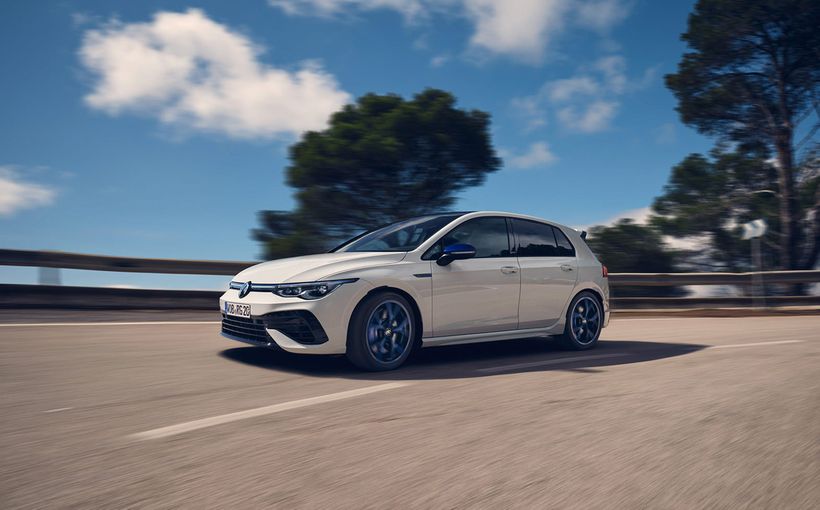Just how much power can Mercedes wring out of 2.0-litres?
IF YOU ever find yourself stranded on a hostile island and needing warmth for your hastily constructed palm leaf shelter then remember that a fire needs three things; fuel, oxygen and heat.
Whether it is to steam a coral trout you speared with an improvised harpoon or the combustion process in the cylinder of an engine, the principle is exactly the same. Fuel comes from the tank via the injectors, heat is added by either a spark plug (or compression in the case of diesels), and the oxygen is commonly provided by a turbo.
Or in the case of Mercedes-Benz’s updated A45 AMG, a really, really big turbo.

When the AMG-powered hatchback launched in 2013, the German car-maker claimed that its whopping 265kW and 450Nm power output made it the most powerful series production 2.0-litre power plant to date. But for the model’s 2015 mid-life update, Mercedes has treated the rabid runabout to even more power.
Let’s return to our desert island camp fire analogy for a moment. Increase any of the three essential elements and you have the potential for a bigger fire, and if blowing a little extra air on the sticks will mean your socks dry out a bit quicker, then Mercedes has unleashed a tornado.
The result of a dizzying 2.0 bar boost pressure under the bonnet is an almost unbelievable 280kW and 475Nm from just 2000cc. To put that into perspective, Holden’s monstrous Commodore SS V8 develops less power and only a little more torque from three times the displacement.

Power has increased by 15kW while torque takes a 25Nm boost, chopping a significant 0.4 seconds from the zero to 100km/h dash, which now takes just 4.2 seconds. Despite the almost supercar performance, the A45 can still return fuel economy one would expect from a modern turbocharged 2.0-litre. How does 6.9 litres per 100 kilometres sound?
Its mid-life power-up is just part of a facelift across the A-Class range on which the A45 is based but where the more earthly variants get a light fettling to their looks and some extra equipment, the flagship AMG has been treated to more go-faster kit.
19-inch wheels replace the previous 18-inch versions allowing the A45 to grip the road better with its 4Matic all-paw transmission, while a new rear diffuser is a functioning aerodynamic aid, improving airflow at speed.

As before, power is sent to all four corners via a seven-speed dual-clutch automatic transmission, which has been optimised for improved acceleration and is complemented by a new locking front axle differential which gives the little hatch more bite both on loose surfaces and when pushing the limits on the blacktop.
AMG’s Dynamic Drive system allows the driver to switch between preset parameters, which alter the behaviour of the steering, engine and transmission, but for the 2015 update, Mercedes has added another sharpened Plus mode.
Previously an option, AMG Ride Control is now also standard and brings an adaptable suspension system that offers a more comfortable ride than the previous fixed setting, or a an even firmer setup at the flick of a dial.

The 2015 A45 AMG showed off its new features and performance at this year’s Goodwood Festival of Speed, where it joined a whole host of other hotted-up vehicles from around the world. While it might not be the most powerful or potent of all the cars on show, the little Merc still managed to put in a respectable time when it went up the 1.86km hill climb, embarrassing some far more expensive gear.
Pricing is still yet to be officially announced for the Australian market but the the current version can sit on your driveway from $75,800 before on-road costs. There aren’t many cars that can brag the performance of Mercedes’ littlest AMG for the same cash.

And the good news continues because the German car-maker has also announced the A45’s steamy siblings - the CLA45 and GLA45 - will be treated to the power and torque upgrade as well.
Sprint times for the other compact Benz AMG models have also improved, with the CLA45 AMG 4Matic coupe dropping by 0.4 seconds to 4.2s, the Shooting Brake falling from 4.7 to 4.3s and the GLA crossover racing to 100km/h in 4.4s, down from 4.8.
Exact figures are yet to be released for the small sedan and compact crossover pair, but with very similar DNA and a shared platform, expect little difference from the hatchback’s abilities.

With its output upgrade and light aesthetic refresh, the A45 AMG hatchback can keep its arch rival the Audi S3 at bay for now but when the bonkers 270kW 465Nm RS3 turns up next year Mercedes might have to wind open the turbo taps even further.
Can Mercedes survive by wringing even more out of jut 2.0-litres or will Audi’s firestorm take the ultra-hatch crown with its larger 2.5-litre five-cylinder power?
Daniel Gardner GoAuto.com.au
Protect your Mercedes-Benz. Call Shannons Insurance on 13 46 46 to get a quote today.









